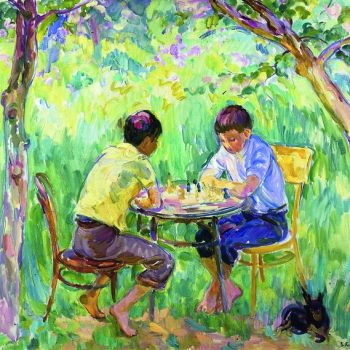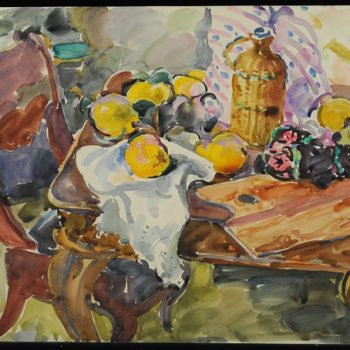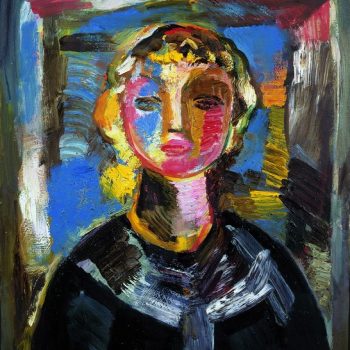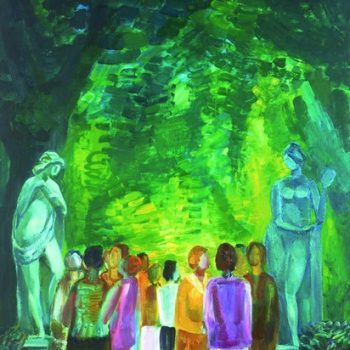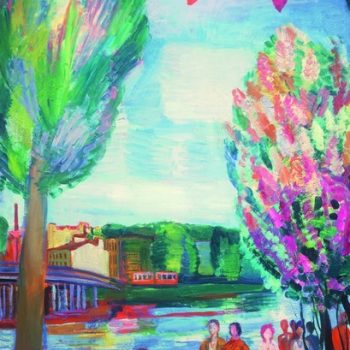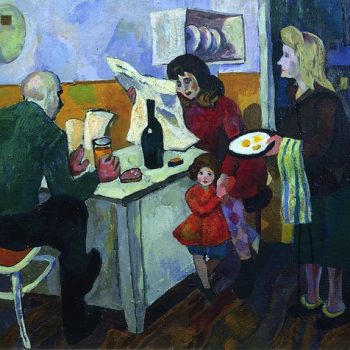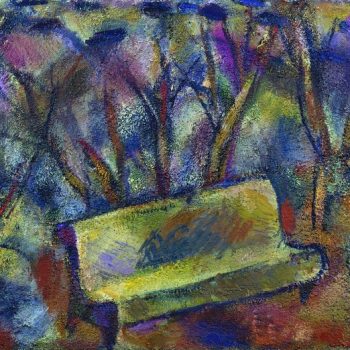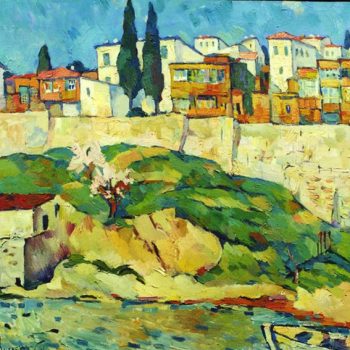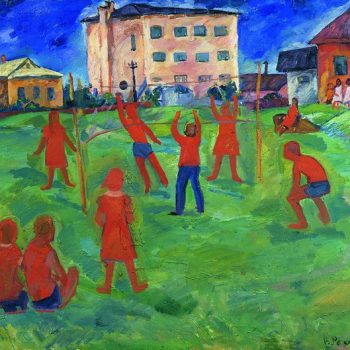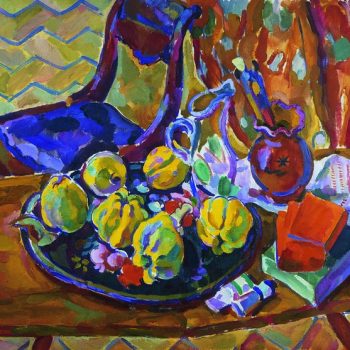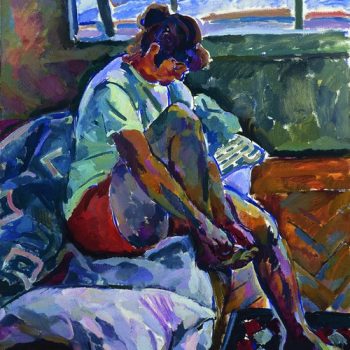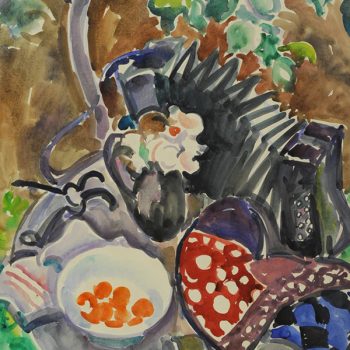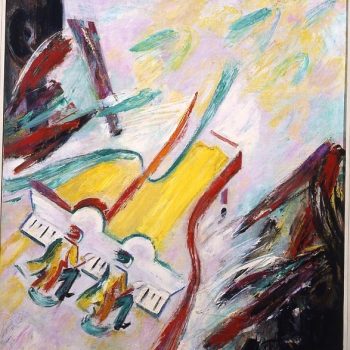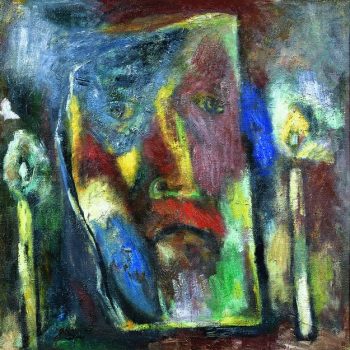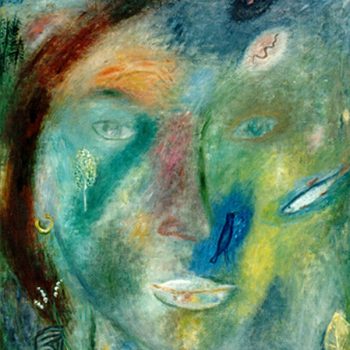The Eleven Group
In November 1972, the Group showed their works for the first time together. This exhibition, held at the Okhta Hall of the Artists’ Union was to become an important event in the history of arts in Leningrad/St. Petersburg that had a conspicuous effect on the cultural process in the Northern Capital of Russia.
The group owes its name to the number of participants, ten painters (Evgenia Antipova, Zaven Arshakuni, Valery Vatenin, German Yegoshin, Yaroslav Krestovsky, Valentina Rakhina, Viktor Teterin, Leonid Tkachenko, Vitaly Tyulenev and Boris Shamanov) and one sculptor (Konstantin Simun). Although Shamanov and Krestovsky did not take part in the second (1976) exhibition and later on, the sculptor Konstantin Simun emigrated to the US, the group retained its original name. For many decades, the artistic milieu has associated it with a certain cultural phenomenon of the 1960s–70s.
The group was an integral whole consisting of variously gifted individuals belonging to one and the same generation. What united them, besides common artistic and aesthetic principles, was their complete intolerance of the establishment’s stereotypic attitudes. Common to them was freedom of expression in art in its search of the ideal. They all remembered the fresh air imbued with the romantic expectations of the period known as Khrushchev’s Thaw.

